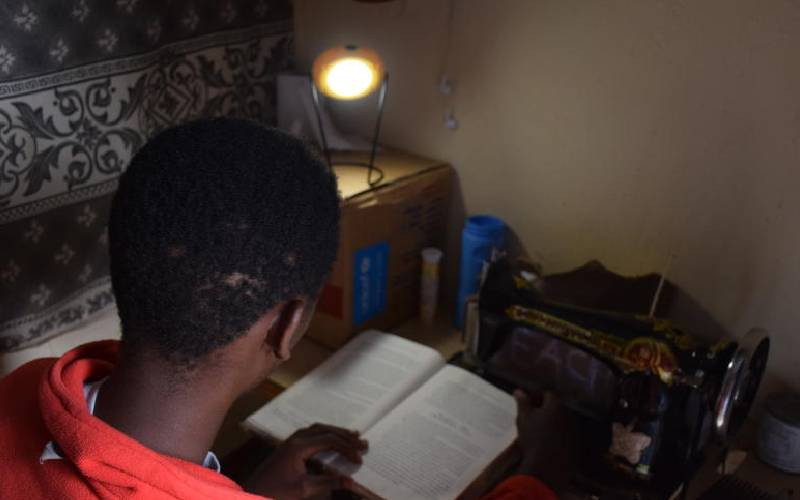×
The Standard e-Paper
Kenya’s Boldest Voice

Whenever James Joseph Kioko needed to study for his final secondary school examinations, he had to make do with the dim light from a kerosene lamp.
The single lamp was the only source of light for the entire household, located deep in the rural area of Kyaithani in Mwala constituency, Machakos County, so Kioko would only get to use it long after everyone else had gone to bed.